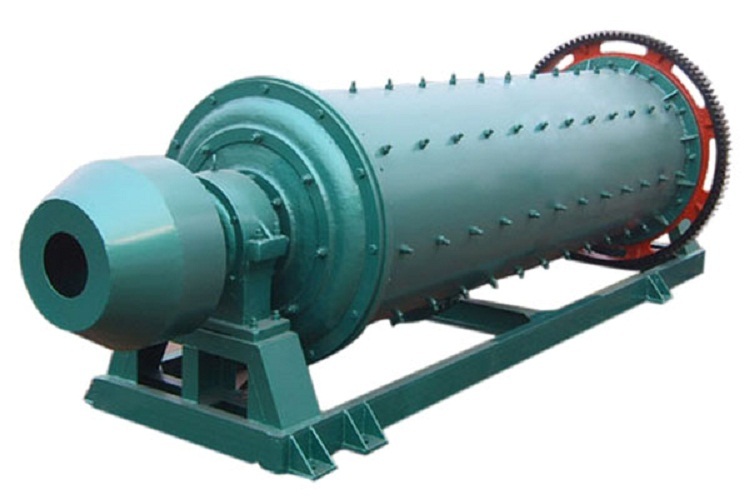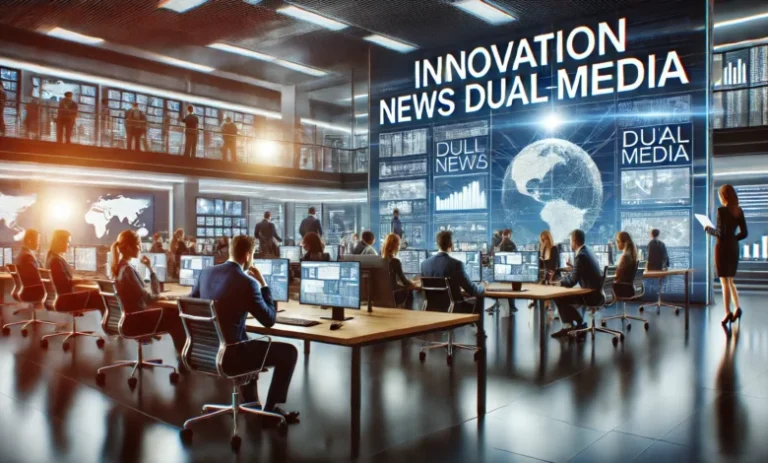What is the Cost of a Ball Mill? Capital and Operating Expense Breakdown
When planning a new grinding line or upgrading an existing plant, one of the biggest questions operators face is the true cost of installing and running a ball mill. While this technology has been a cornerstone of mineral processing and cement manufacturing for decades, its cost structure is influenced by many factors, from size and capacity to materials of construction and long-term operational needs. Understanding these expenses helps plants make smarter investment decisions, especially in a market where alternative technologies like the tongli vertical roller mill are also gaining attention. With modern engineering leadership from companies like Cementl, buyers today have clearer insights and more reliable equipment options than ever before.
Understanding What Determines Capital Cost
The initial purchase of a ball mill is only part of the investment. Capital cost includes the mill shell, drive system, motor, liners, supporting structures, and auxiliary equipment. Mill size is the strongest determinant; larger mills designed for high throughput or harder materials naturally cost more. Custom configurations, such as special liners or high-efficiency separators, add to the price but may reduce long-term expenses.
Cement plants often require larger models capable of handling high-density feed, while mining operations may need heavy-duty mills for ore processing. The brand’s engineering quality also affects cost. Manufacturers like Cementl use premium alloys and high-precision fabrication techniques, offering mills that last longer, run smoother, and demand fewer repairs. Although this may raise the upfront price, it often makes the investment more economical over the equipment’s lifetime.
The Role of Plant Infrastructure
A ball mill requires proper foundations, motor controls, dust collection, lubrication systems, and material handling infrastructure. These supporting systems can sometimes equal or exceed the price of the mill itself. Plant layout constraints, space availability, and the need for additional conveyors or hoppers also influence total capital cost.
For businesses comparing technologies, it is helpful to note that a tongli vertical roller mill typically requires less structural support and can integrate drying, grinding, and separation into a single unit. This reduces overall space requirements and can lower civil works expenses, presenting an alternative for plants aiming to minimize construction costs.
Breaking Down Operating Expenses
Once installed, the ball mill becomes a continuous cost center. Power consumption is the most significant operational expense. Because the mill relies on impact and friction between grinding media and the material, energy usage can be high, especially in older models without modern efficiency improvements. Plant operators closely track kilowatt-hours per ton because even small fluctuations have a major effect on annual operating budgets.
Grinding media consumption is another recurring expense. Steel balls wear down and must be replenished regularly. Liner replacements, lubrication oil, and routine maintenance activities also contribute to the overall running cost. Over time, these cumulative expenses often surpass the initial purchase price.
Cementl’s engineering advancements help reduce many of these costs. Their mill designs offer improved liner profiles, optimized lifter angles, and more efficient drive systems, all of which lower power consumption and extend service life. With better material flow and reduced wear, operating expenses become more predictable and manageable.
Efficiency Considerations and Alternative Technologies
As plants look to optimize cost and performance, many compare the ball mill to newer grinding systems. The tongli vertical roller mill is often referenced because of its ability to combine multiple processes into one. It uses compression rather than impact, leading to lower power consumption and reduced wear. For raw materials with high moisture content, the integrated drying capability becomes especially attractive, eliminating the need for additional equipment.
However, ball mills maintain their relevance for specific materials and product fineness requirements. They are versatile, well-understood, and can handle highly abrasive feed where other systems struggle. When optimized with modern components from manufacturers like Cementl, a ball mill can deliver outstanding reliability at a competitive operating cost.
How to Make the Right Investment Decision
Choosing the right grinding system involves balancing capital cost, operating cost, process requirements, and long-term goals. Plants that rely heavily on fine grinding or abrasive materials may benefit from the durability and simplicity of a ball mill. Facilities focused on energy savings, reduced footprint, and multi-function integration may find stronger value in alternatives like the tongli vertical roller mill.
A thorough cost analysis should include not just the equipment price but the expected lifespan, maintenance frequency, and efficiency gains offered by modern engineering solutions. Cementl’s experience in designing both traditional and advanced systems gives plant operators the flexibility to choose equipment that aligns with production targets and budget expectations.
Conclusion
The cost of a ball mill extends far beyond the initial purchase. Capital expenses include the mill itself and the supporting infrastructure, while operating costs revolve around power usage, media consumption, liner replacement, and routine maintenance. When analyzed carefully, this technology remains a competitive option for many industrial applications. At the same time, alternatives such as the tongli vertical roller mill provide compelling advantages in specific scenarios. With guidance and durable solutions from Cementl, plants can make confident decisions that deliver strong performance, optimized costs, and long-term operational stability.
Keep an eye for more latest news & updates on Zero Devicenet!






